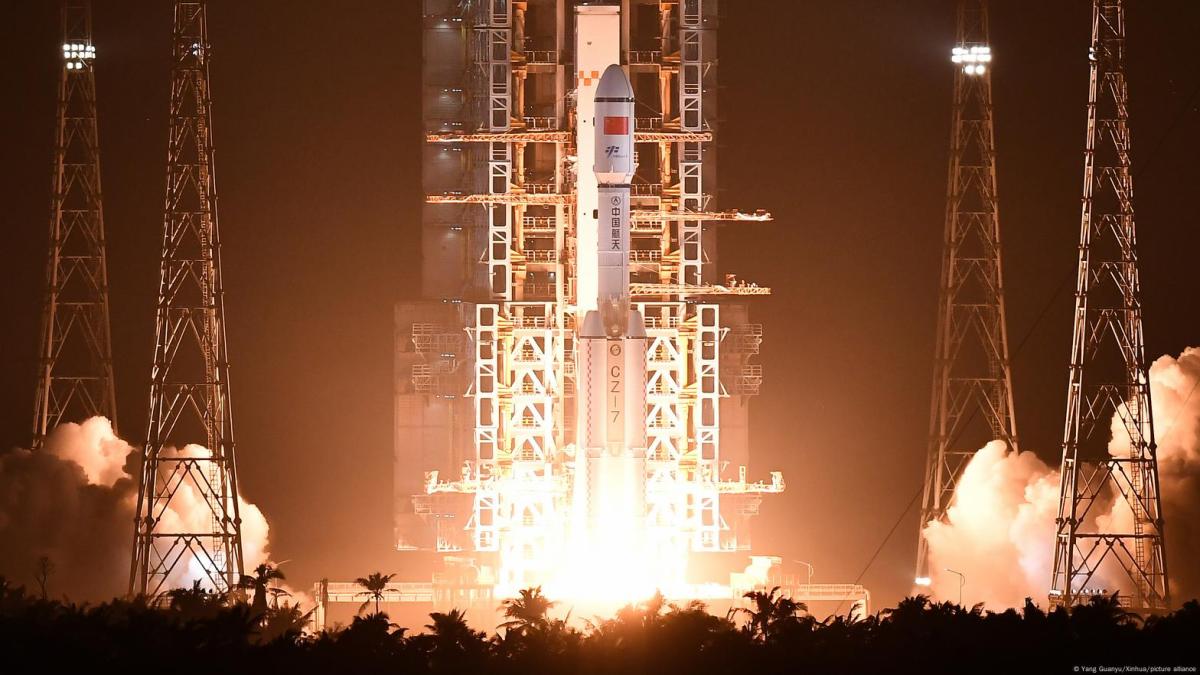China’s Ambitious Plan for a Giant Solar Power Station in Space
As the world grapples with the pressing challenges of climate change and energy scarcity, China is stepping boldly into the future with its groundbreaking initiative to construct a massive solar power station in orbit. This visionary project aims to harness the sun’s abundant energy and transmit it back to Earth, potentially revolutionizing how we generate and consume power. By leveraging advanced technology and innovative engineering, China’s ambitious plan for a giant solar power station in space could usher in a new era of sustainable energy production, benefiting not only China but the entire planet.
The Vision Behind the Project
The concept of space-based solar power is not entirely new; however, China’s commitment to developing a practical implementation marks a significant milestone in energy innovation. The idea is to place solar panels in orbit, where they can capture sunlight without the interference of the Earth’s atmosphere or the day-night cycle. This allows for a continuous and reliable source of energy, potentially generating vast amounts of electricity each day.
China’s plan includes the construction of a solar power station capable of producing gigawatts of energy. According to reports, the project is expected to be operational by the 2030s, with ongoing research and development aimed at overcoming the technical and logistical challenges of such an ambitious endeavor.
How Will It Work?
The operational mechanics of the solar power station involve several key components:
- Solar Panels: The station will be equipped with advanced solar panels capable of converting sunlight into electricity with high efficiency.
- Energy Storage: Energy generated during peak sunlight hours will be stored using innovative battery technologies or other storage solutions.
- Wireless Power Transmission: The most groundbreaking aspect of this project is the plan to transmit energy wirelessly back to Earth, using microwave or laser technology to beam energy to receiving stations.
- Receiving Stations: Ground-based stations will be developed to convert the transmitted energy into usable electricity for homes, industries, and infrastructure.
Addressing Challenges and Concerns
While the promise of a giant solar power station in space is exciting, it is not without its challenges. Several obstacles must be addressed to ensure the project’s success:
- Cost: The financial investment required for the development, construction, and maintenance of a space-based solar power station is substantial. Estimates suggest billions of dollars in funding will be necessary, prompting questions about funding sources and economic viability.
- Technical Hurdles: Developing technology that can efficiently transmit energy over long distances without significant loss is still in its infancy. Extensive research and testing will be essential to ensure reliable energy delivery.
- Environmental Concerns: The potential environmental impacts of launching and operating such a facility must be carefully evaluated. This includes considerations about space debris and the ecological effects of microwave transmissions on wildlife.
Potential Benefits of Space-Based Solar Power
If successful, China’s ambitious plan for a giant solar power station in space could offer numerous benefits:
- Unlimited Energy Supply: With access to sunlight 24/7, the potential for an almost limitless energy supply could significantly reduce reliance on fossil fuels.
- Reduced Carbon Footprint: Harnessing solar energy can lead to lower greenhouse gas emissions, helping combat climate change.
- Energy Security: By diversifying energy sources and reducing dependence on imported fuels, countries could enhance their energy security.
- Technological Advancements: The project may spur innovations in related fields, including robotics, materials science, and telecommunications.
Global Implications and Collaborative Opportunities
China’s ambitious plan for a giant solar power station in space also carries significant global implications. As countries around the world face energy challenges and climate crises, collaboration in space-based solar technology could pave the way for international partnerships. Sharing knowledge and expertise could accelerate advancements and lead to a more sustainable energy future.
Moreover, the success of this initiative could inspire similar projects in other nations, fostering a global movement towards harnessing space-based solar power. By working together, countries could address energy needs while mitigating environmental impacts, ultimately creating a more sustainable and resilient planet.
Conclusion
China’s ambitious plan for a giant solar power station in space symbolizes a bold leap into the future of energy production. By harnessing the sun’s energy in a manner previously thought to be the stuff of science fiction, this initiative has the potential to revolutionize how we think about power generation. While challenges remain, the commitment to research and development in this field demonstrates a forward-thinking approach to solving global energy issues.
As the world watches closely, China’s solar power station could become a beacon of hope for sustainable energy, inspiring nations to innovate and collaborate on solutions that benefit all of humanity. The implications of such a project are profound, and if successful, it could define the future of energy for generations to come.
See more Future Tech Daily

